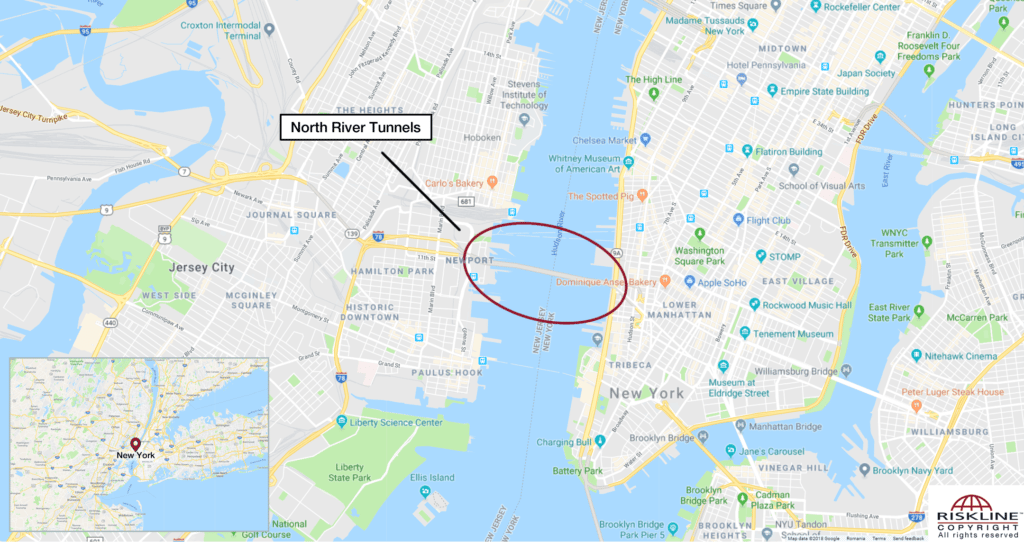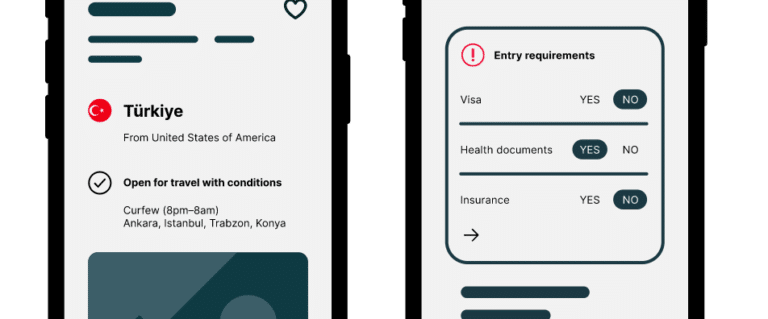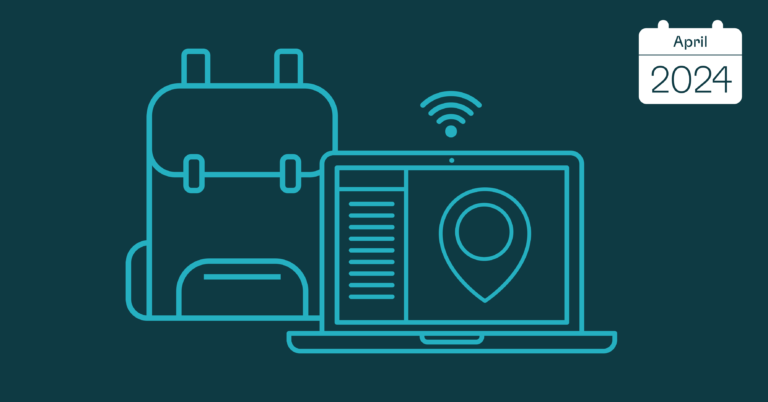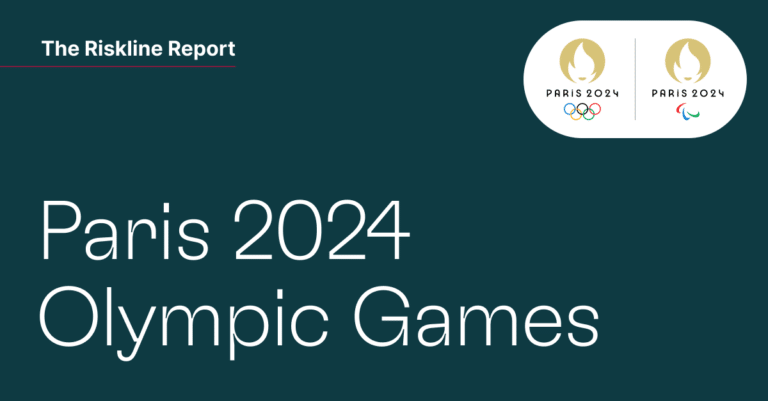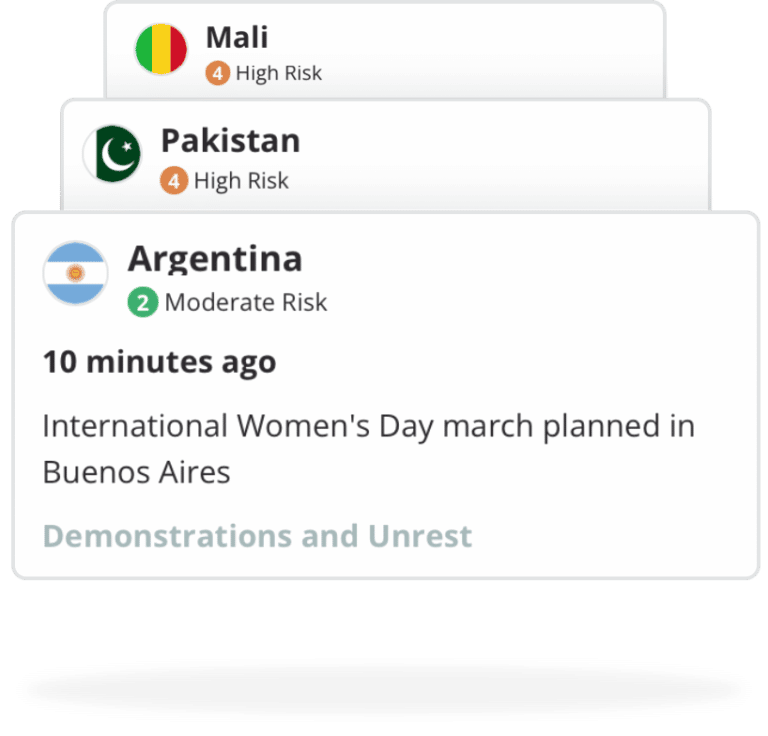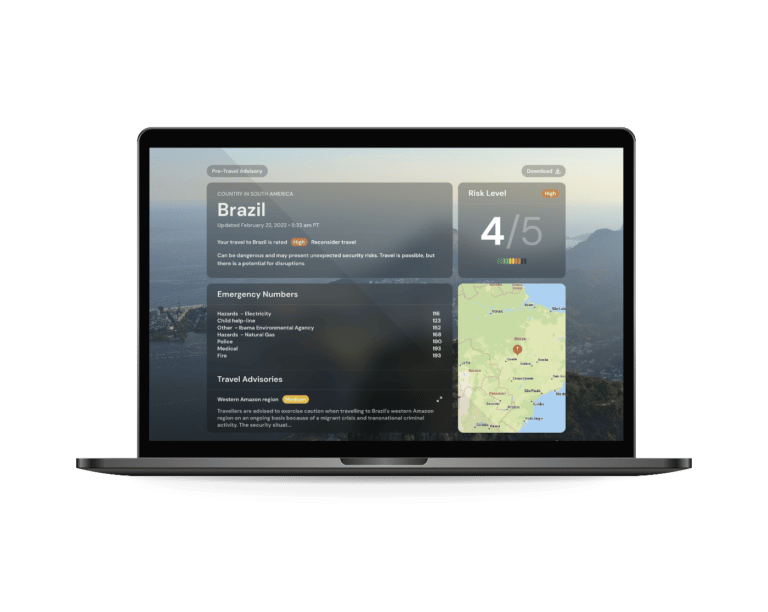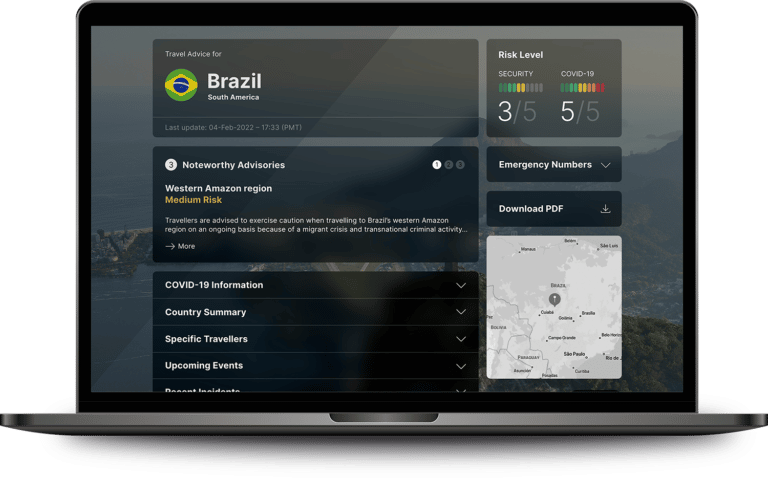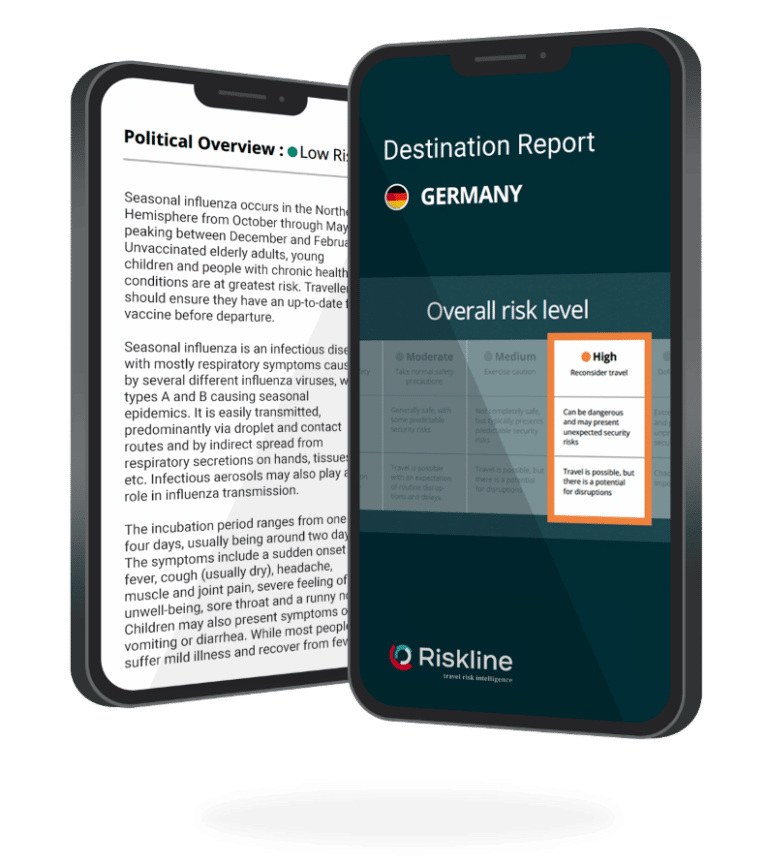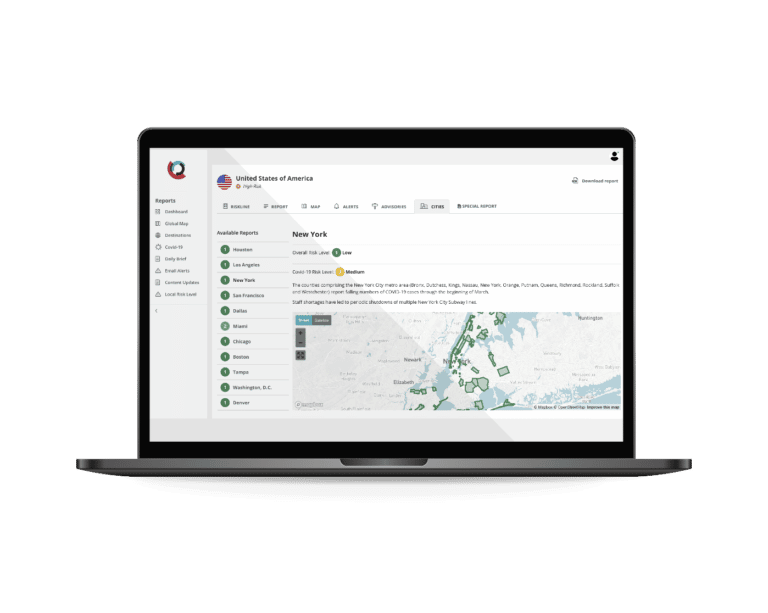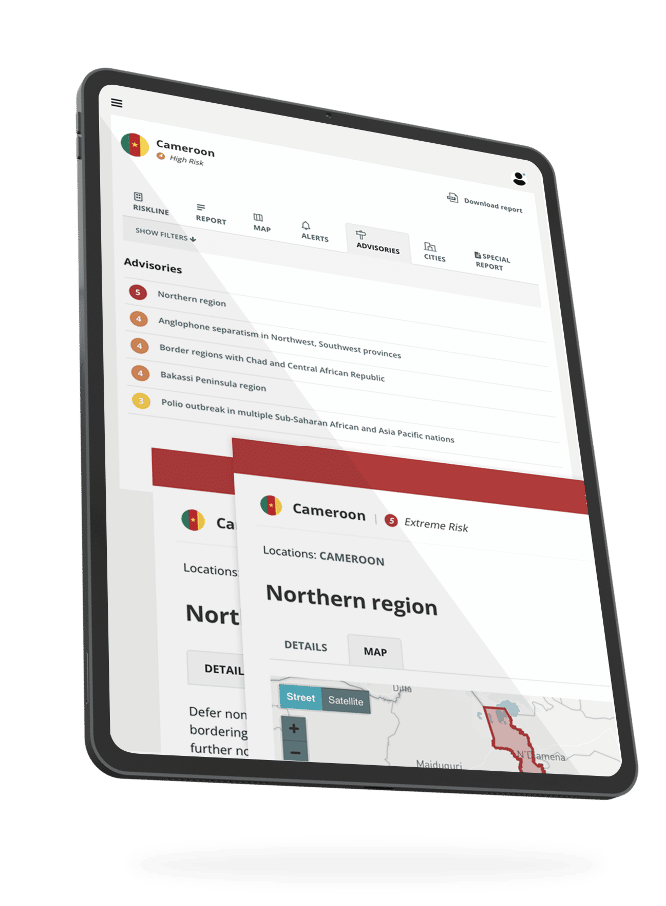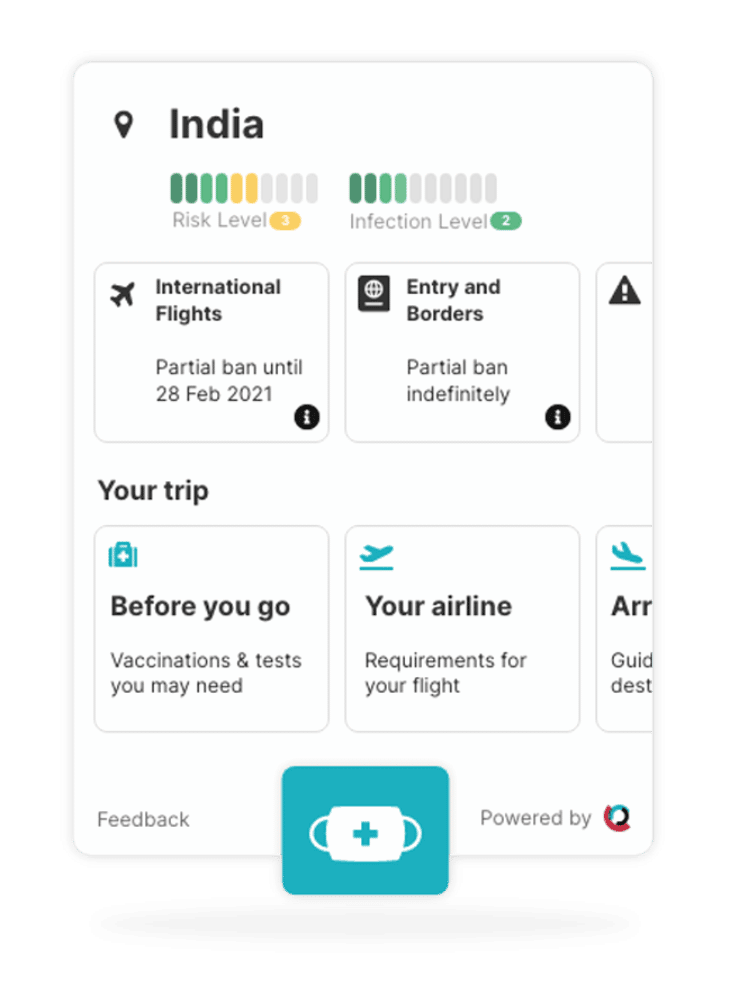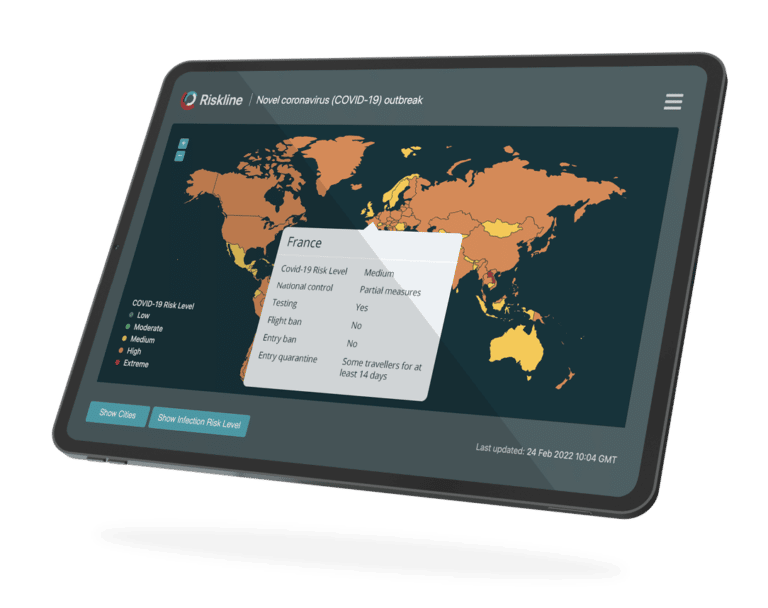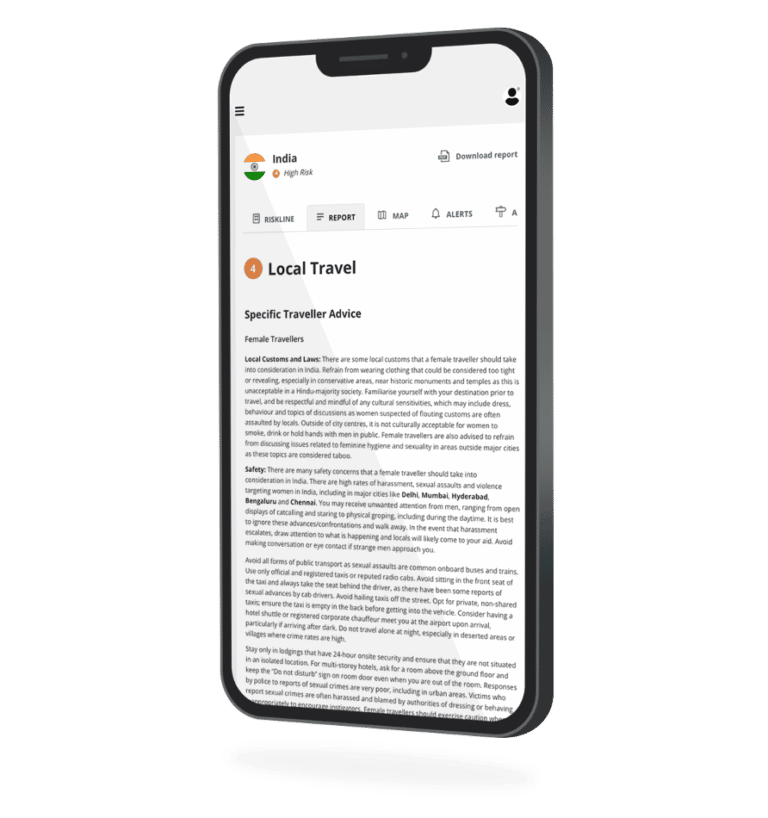Crumbling infrastructure presents a plethora of risks to travellers. Even small delays that disrupt travel and services add up in the end to cost the United States (US) economy thousands of work hours and billions of dollars – especially when the delays are so routine they effectively become a part daily commutes. Underlying problems, such as deferred maintenance on key infrastructure like dams, tunnels and bridges, can become major emergencies in the event of a natural disaster. Water and wind, erosion and corrosion, are wearing down key infrastructure, and the costs of just maintaining it are high enough to discourage looking forward towards eventual replacement.
The American Society of Civil Engineers (ASCE) gives a low “D” average, close to a failing grade, overall nationally for the state of infrastructure, with aviation, utilities, water management, public transportation and roads ranked lowest. These shortcomings are made manifest when extreme acts of nature grind the movement of people and goods to a halt. Heavy flooding caused by hurricanes in Texas, Florida, Puerto Rico and the US Virgin Islands in 2017, for example, overwhelmed existing drainage systems and knocked out roads and power lines, creating public health and safety risks.
Government responses to the deadly flooding in Puerto Rico, in particular, show the problem of piecemeal approaches: much of the island’s infrastructure was already in poor shape going into the 2017 hurricane season, and what is being rebuilt to get the territory up and running again is not guaranteed to handle the intensity of comparable future storms. To a lesser extent, cost boondoggles and political disputes have impeded reconstruction in Houston, Texas, and the Florida Keys, areas where the big question now is how to manage development in light of the reality that equally, if not more, intense weather systems will appear more often. Is it worth it fiscally to invest in the infrastructure needed to mitigate risks, or just build someplace else?
On the other side of the country, in New York and New Jersey, transit agencies are fighting a losing battle to maintain key Hudson River tunnels, infrastructure that is over 100 years old and still suffering from the corrosive effects of Hurricane Sandy in 2012. These effects threaten to render these facilities unusable despite the money spent since then to protect the tunnels from further inundations. State and federal agencies have feuded for years over distributing costs in the “Gateway” project to dig new tunnels. As of 2018, federal funding has finally been set aside while the governors of both states have committed to the undertaking. These feuds, though, have delayed breaking ground on the project, raising the risk that a major natural disaster could render the existing tunnels inoperable before the new ones are opened.
The problems of diffusing costs and responsibility is further exemplified by the tribulations of bringing positive train control systems to the United States. These systems are in use on a number of major commuter and freight lines to reduce the risk of accidents, but implementation has lagged for years. The total cost is expected to exceed USD10.6 billion and there exists a patchwork of jurisdictions that the equipment must be run through. While bad publicity in the wake of railway accidents spurs installation on, these bursts of accelerated action do not last and it is unclear if the country’s largest rail operations will complete the 2018 deadline – which was originally a 2015 deadline – set by the federal government to finish the work. And this new technology will have to secured against possible cyber attacks; industrial control systems that manage key infrastructure are increasingly targeted by programs meant to trigger shutdowns and accidents or to hold computer networks “hostage” for a ransom. These attacks are becoming increasingly common all over the world, including in the US, where the country’s relative wealth on top of poorly secured operating systems makes for attractive targets.
In the skies, hold ups in revamping air traffic control systems and airport terminals have contributed to delays caused by myriad other factors such as the weather, strikes, terror scares and airline computer glitches. As what were once holiday travel volumes become normal weekday travel volumes, the interconnectedness of US airports becomes increasingly vulnerable to disruptions; mass cancellations at one hub airport in New York, Atlanta, Detroit or Los Angeles ripple outwards across the US. While on land, funding gaps run into the billions of dollars for efforts to repave roads, shore up bridges, plug leaky dams and replace water and power lines that have already outlived their life expectancies. Roads in particular require new investments to make up for a lack of gas tax increases that have been responsive to macroeconomic conditions.
Some USD1.5 trillion is to be budgeted nationally, over the next 10 years, to fill these gaps, but disputes proliferate as to how to spend the money. There is little appetite to increase public spending, hovering around 25 percent of total budgeting, to European levels. Divisions exist along party (Republican and Democrat) and geographical (state and federal) lines as to how to raise capital; perhaps, as some legislators have suggested, fees will be levied on private hire transport services disrupting public transit systems in major cities like New York and Boston. A push to privatise as much of this effort as possible without raising taxes on voters and to have local governments incur most of the costs by raising money as they see fit, is likely to produce uneven development despite exceptions for areas least able to raise the capital they need.
With the 2018 Atlantic hurricane season approaching, battered and hastily-built new infrastructure will be put to the test; in Puerto Rico, local officials have grave concerns these repairs may not hold up while much work remains to be done in other flood-prone areas along the East Coast of the United States hit hard by recent storm systems. Speed is of the essence to complete work in-between natural disasters, which do not confirm to political timetables.

